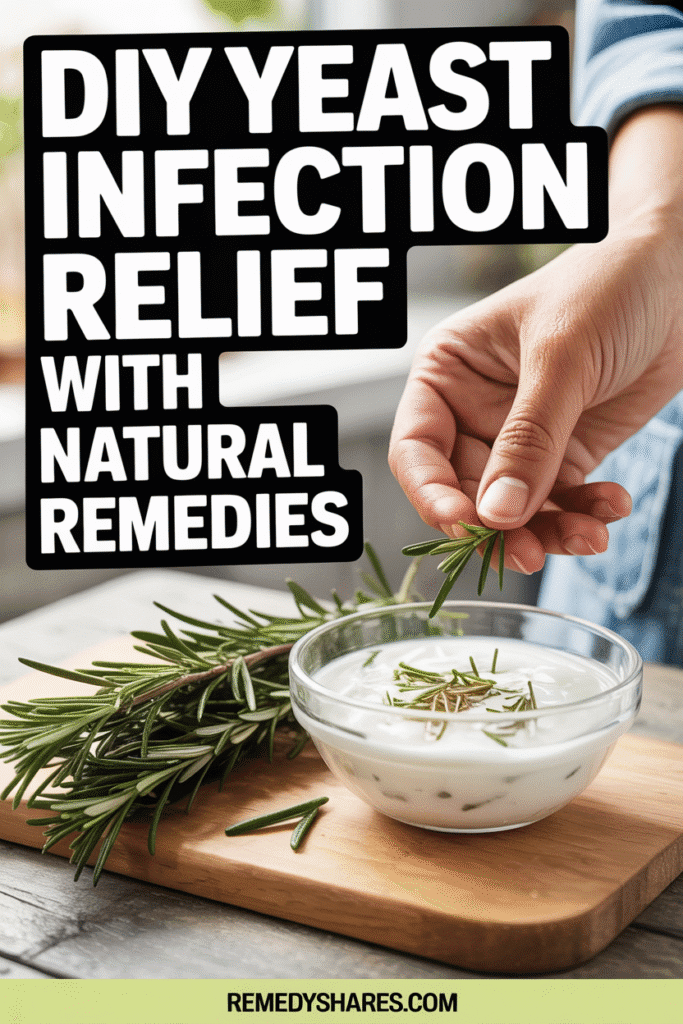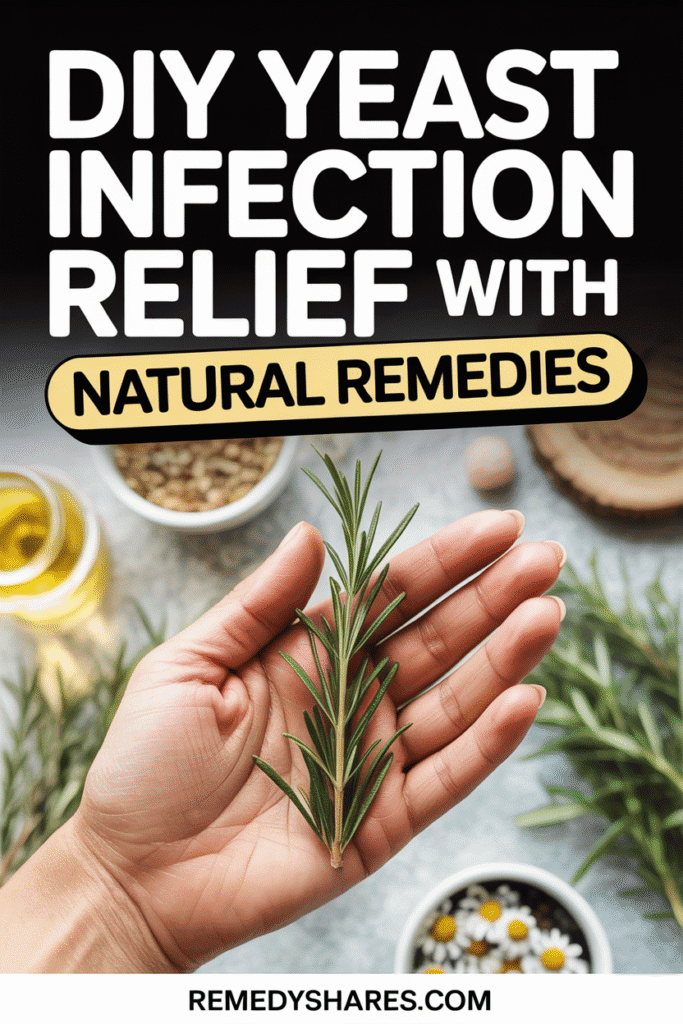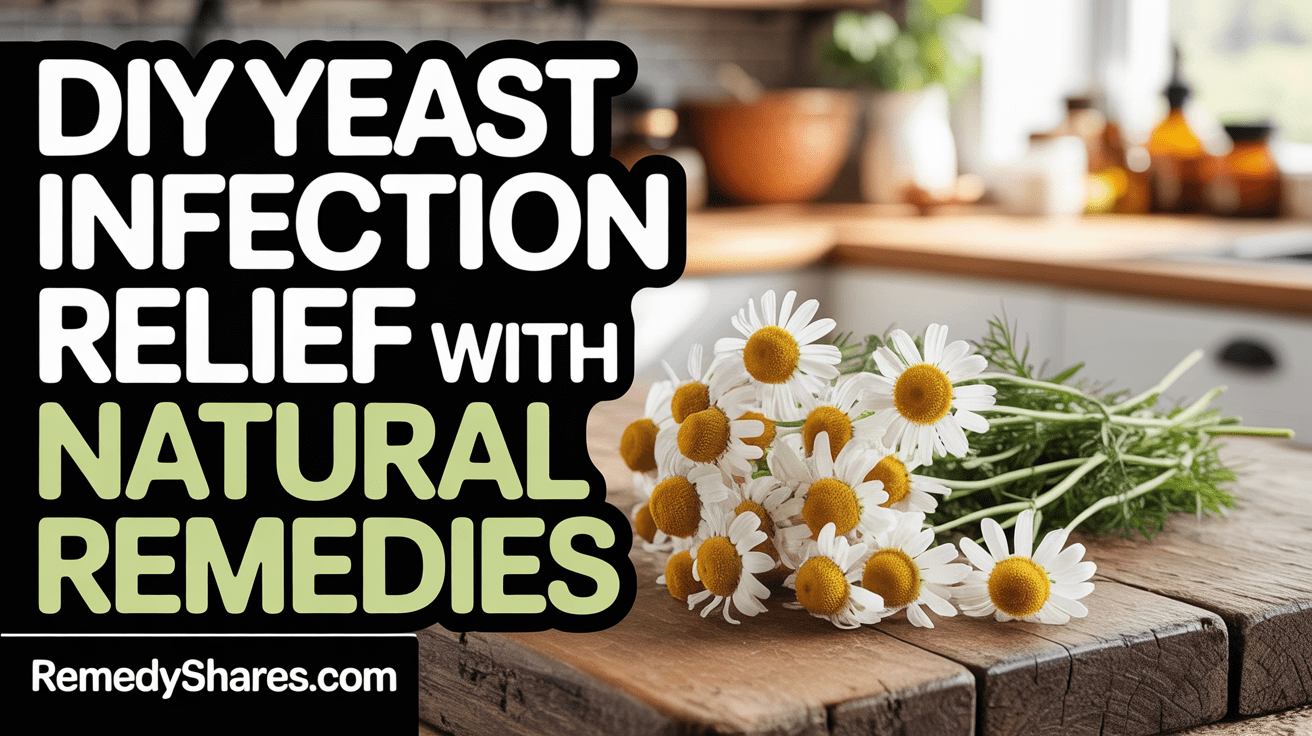Dealing with a yeast infection? You’re definitely not alone. Millions of women face this common issue every year, bringing uncomfortable symptoms like intense itching, a burning feeling when you pee, and that distinctive thick, white discharge. These infections happen when there’s an overgrowth of Candida fungus, usually in the vaginal area.
Recognizing the signs early is key. Besides itching and burning, you might notice redness and swelling down there, pain during sex, and a discharge that looks like cottage cheese. Being aware of these symptoms helps you figure out what’s going on and if you need a different type of treatment.
Why Do Yeast Infections Happen?
Several things can throw your body’s balance off and trigger an infection. Taking antibiotics is a common culprit, as they can kill off the good bacteria that keep Candida in check. High blood sugar, shifts in hormones (like during pregnancy or if you’re on birth control pills), and even wearing tight, non-breathable underwear can contribute.
If you’re pregnant, have diabetes, or are on birth control pills, you might find yourself more prone to these infections.
The Power of Nature: How This Remedy Works
Natural approaches often focus on helping your body restore its natural balance, making it tough for Candida to thrive. Your vaginal area naturally has a slightly acidic pH, usually between 3.8 and 4.5. When this balance is disrupted, yeast can take over.
This remedy uses ingredients known for their beneficial properties. Plain yogurt brings helpful probiotics, which are the “good” bacteria. These good bacteria work to restore the correct pH balance and actually compete with and crowd out the harmful yeast. Tea tree oil is also included for its natural antifungal abilities, directly helping to fight the Candida fungus.
Whip Up Your Simple Solution
Making this DIY remedy is super easy and just needs a few common ingredients you might already have.
You’ll need:
- 1 cup of plain, unsweetened yogurt
- 2 tablespoons of raw honey
- 3 drops of tea tree oil
Just mix the yogurt and honey together in a clean glass bowl until everything is well combined. Then, add the three drops of tea tree oil and stir gently. Transfer the mixture into a container with a lid and pop it in the fridge for about 30 minutes before you use it. The cool temperature can actually help soothe the irritation while the ingredients get to work.
Applying the Treatment for Maximum Benefit
Getting the best results means applying the remedy correctly. Start by giving your hands and the affected area a good wash with mild soap and warm water. Gently pat the area dry with a clean towel. You don’t want excess moisture diluting your treatment.
Here’s how to apply it effectively:
- Use clean cotton balls or a soft cloth to apply the mixture. Make sure you cover the affected area completely.
- Let the treatment sit for 15-20 minutes. While it works, choose to wear loose, breathable cotton underwear.
- Reapply the solution every 4-6 hours during your waking hours as long as you have symptoms.
- Keep using the treatment for an additional 24-48 hours after your symptoms are completely gone. This step is important to help prevent the infection from coming right back.
Listen to your body. If you notice any increased redness, swelling, or irritation from the remedy itself, stop using it right away. Also, if your symptoms haven’t cleared up after 7 days of using this treatment, it’s time to check in with a doctor.
When It’s Time to See the Doctor
While DIY remedies can be helpful for mild yeast infections, there are times when you absolutely need professional medical help.
Call your doctor immediately if you experience:
- Severe pain
- Unusual discharge with a strong, unpleasant odor
- A fever
- Symptoms that stick around for more than 7 days of home treatment
Also, if this is your very first yeast infection, it’s smart to get a professional diagnosis to make sure it is indeed a yeast infection and that you get the right treatment.
You should avoid trying any DIY remedies if you are pregnant, have diabetes, or have a weakened immune system. These situations require medical supervision from the start.
Remember, if you have yeast infections that keep coming back (more than four times in a year), it could be a sign of an underlying health issue that needs to be investigated by a healthcare provider. When in doubt, always reach out to a doctor for a proper diagnosis and treatment plan.
Got Questions? Let’s Talk About Them.
Here are some quick answers to common questions about treating a yeast infection:
Can I use this treatment during my period? Yes, you can treat a yeast infection during your period. However, it’s a good idea to check with your doctor first. Menstruation can sometimes hide symptoms or affect how well treatments work.
How long should I wait before having intimate relations? You should wait until all your symptoms have completely disappeared, which usually takes about 3-7 days after you finish treatment. It’s always best to talk to your doctor before resuming sexual activity to avoid getting reinfected.
What kind of underwear should I wear? During and after treatment, stick to breathable cotton underwear. Try to avoid synthetic materials like nylon or spandex, as they can trap heat and moisture, which isn’t ideal for healing.
Can I go swimming or take baths? It’s best to skip swimming pools and long baths while you’re treating an infection. Wet environments can mess with the healing process and might even increase the risk of infection. Quick showers are the way to go until you’re fully recovered.
Is this remedy safe if I’m breastfeeding? You absolutely should not try any home remedies, including this one, while breastfeeding without talking to your doctor first. Some natural ingredients can pass into breast milk and could potentially affect your baby’s health.
We hope this information helps you find relief and make healthy choices! Stay well!




